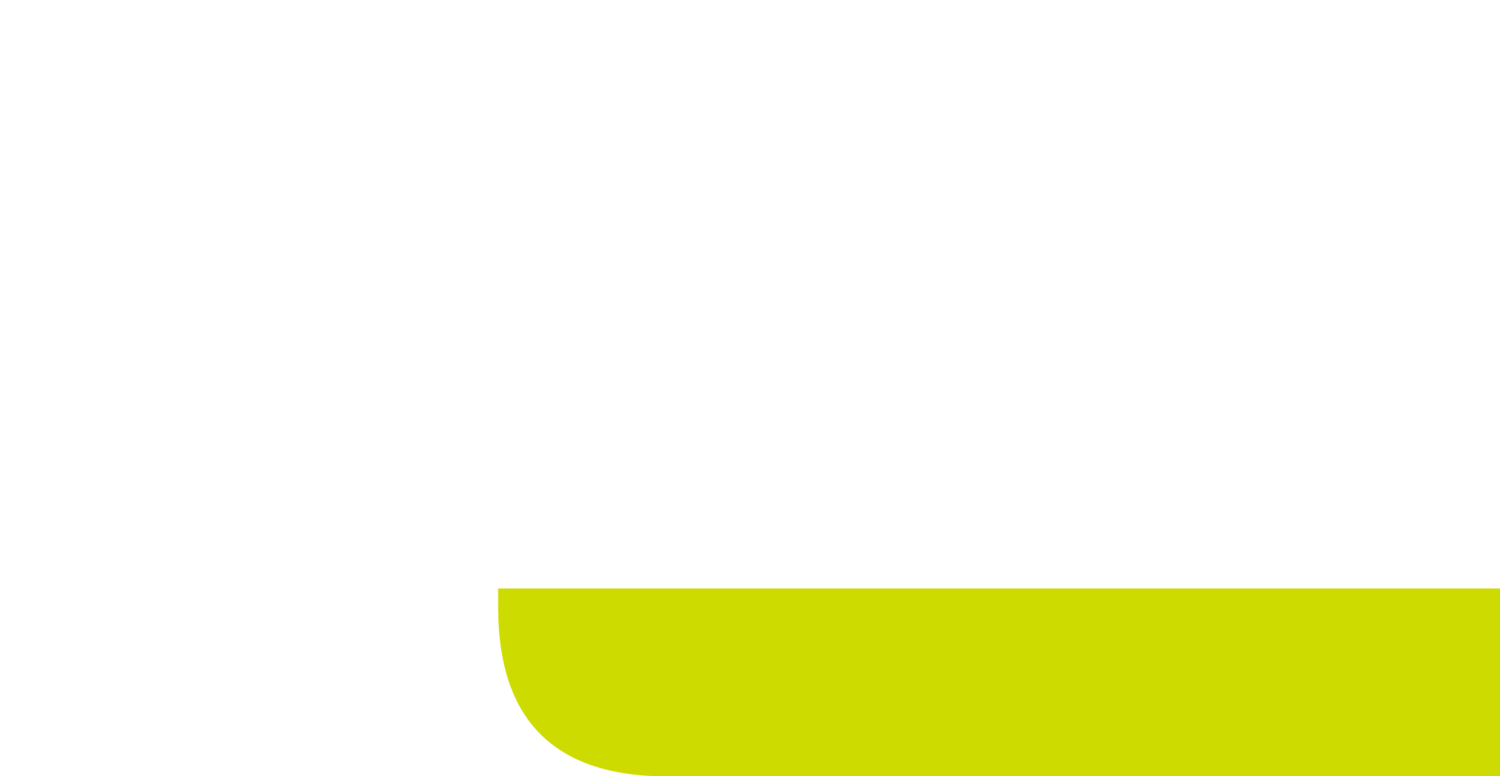Graffiti … street art … tagging … guerrilla art …
There are many names for it, but when you're talking about graphic art in public spaces, it all comes from the same roots: a core human need for free expression.
Unlike other visual arts, graffiti has no boundaries. It's not restricted by the boxy lines of a traditional canvas or the walls of an art studio. The canvas is the community: buildings, walls, streets, train cars. And the work is an expression of the artists in those communities.
Street artists push the limits of what art can look like in public spaces. The talent is insane. Yet most artists don't get the credit they deserve.
At a.fatti, we're all about the boundary-pushing, rule-defying creativity of street art. Going forward, we'll be putting the spotlight on these talented artists a lot more -- so let's start with a quick dive into the history of graffiti.
WHAT IS GRAFFITI?
On the most basic level, graffiti is a form of visual art that's created in open environments, generally without permission. It can be words, drawings, statements, whole-wall murals or even the smallest "tags" of the artist's initials.
Traditionally, graffiti artists have used spray paint to produce their work. Small aerosol spray cans make it easy for artists to take their craft anywhere and apply it to any surface.
Contemporary street art can incorporate a wide range of other media, including sculptures, stenciling, lighting, adhesives, wood-blocking – whatever the artist wants.
WHERE DID IT COME FROM?
Humans have been making art on walls since the beginning of civilization. Think cave paintings, ancient Egyptian inscriptions or Roman graffiti.
But modern-day graffiti, as we think of it today, is usually traced to 1960s Philadelphia and New York. That's when pioneer artists like Darryl McCray—aka Cornbread—started tagging buildings across North Philly.
Cornbread and his friends are widely considered to be among the first documented graffiti artists in the U.S., starting a movement that quickly spread to New York, Chicago and Europe.
THE GRAFFITI BOOM OF THE 1970s AND 1980s
Modern-day graffiti peaked in the United States in the late 70s and 80s. It was most visible in population-dense urban communities, but it could be found almost anywhere: on the sides of buildings, bridges, parks, subway cars, freight trains, tractor trailers and beyond.
Any blank surface in a public space could be the canvas for graffiti artists to express themselves.
By the end of the 1980s, the movement became so prevalent that graffiti started being showcased by mainstream art galleries around the world.
SELF-EXPRESSION, DEFIANCE AND INNOVATION
Over the years, graffiti has been used as social commentary, political protest and rebellion. But not all artists intend for a "message" beneath their work. For many, it was simply a form of self-expression – a way to gain recognition or respect in otherwise under-recognized communities.
The act itself—tagging a surface without permission—can be an expression of defiance and resistance. But the art itself could also communicate messages of positivity and peace.
In some cases, the messages are very personal …
When Cornbread started tagging Philly buildings in the late 1960s, he did it mostly to get the attention of a girl from high school. All over the city, he wrote: "Cornbread Loves Cynthia."
In America, the rise of graffiti in the 70s and 80s is also often intertwined with the rise of hip hop culture. In Europe, it's linked with the anti-establishment punk movement. Like any art form, it can't be defined by a single group or movement. It has evolved and continues to serve a unique purpose for each individual artist who produces it.
TRANSFORMING COMMUNITIES AND INSTITUTIONS
Modern graffiti art has come a long way since its late-60s origins. But as a movement, it's only getting started.
Graffiti artists are now highly sought after by groups and organizations around the world. It's become commonplace for businesses to hire local artists to create graffiti-inspired murals for their office buildings, inside and out. And as street art has become more accepted by the general public, it has exploded the notoriety of artists like Banksy and Portugal's Vhils.
INSPIRING OTHERS
It's not just the high-profile artists that are getting attention.
In Philadelphia—where modern graffiti got its start—more than 100 new wall murals are created throughout the city every year, thanks to the Mural Arts program. It's one of the largest street art programs in the country, giving recognition to local artists and creating jobs for ex-graffiti artists who've been prosecuted for their work.
The people behind programs like Mural Arts understand that graffiti is so much more than spray paint on a wall. It's a powerful art form that can inspire others and transform communities.

